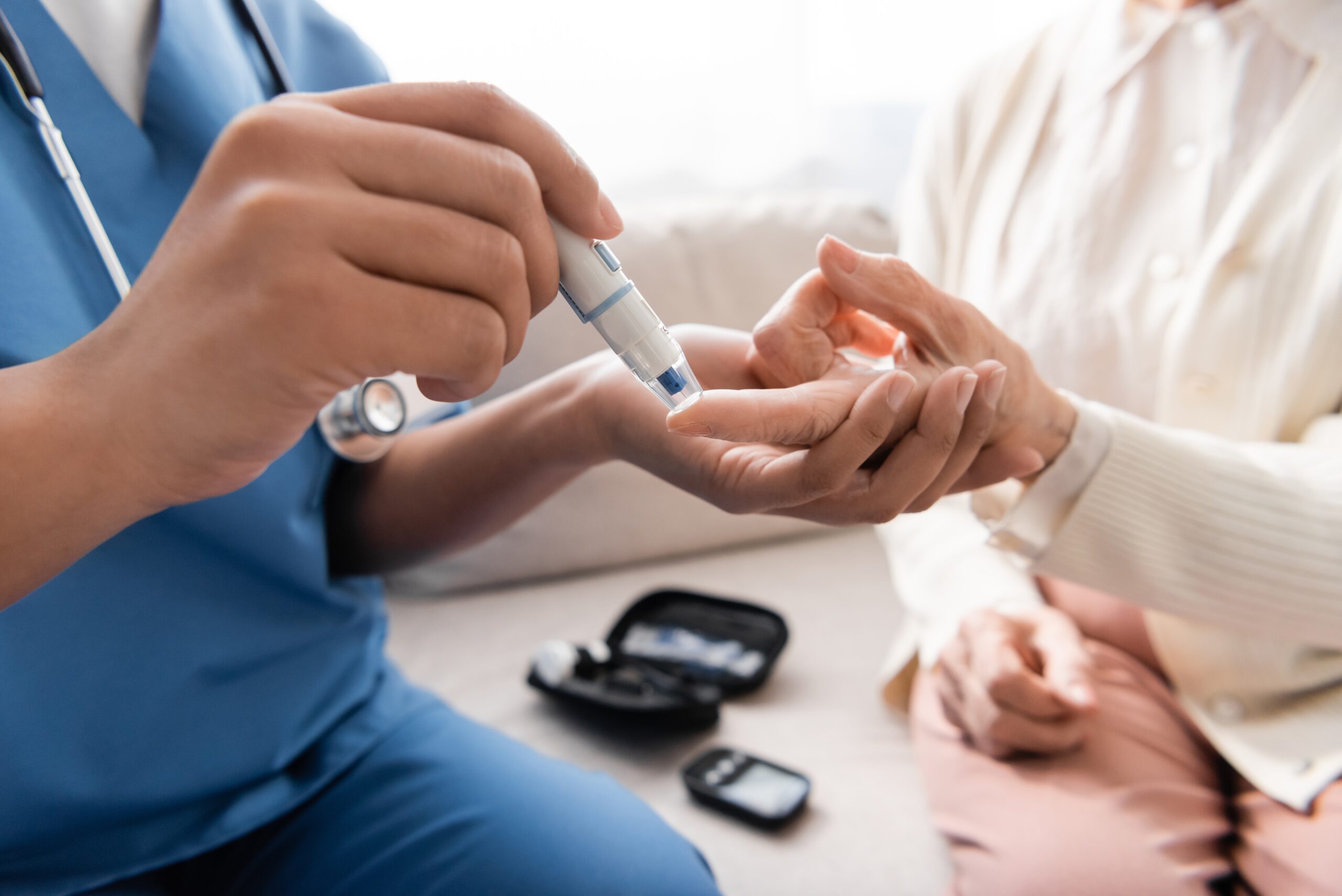Nearly half of the world’s diabetes cases remain hidden in plain sight, posing a silent threat to millions.
Story Overview
- 44% of people aged 15+ with diabetes are undiagnosed.
- Young adults are most affected by underdiagnosis.
- Global health organizations urge immediate action.
- Screening gaps are most severe in low-income regions.
A Silent Epidemic Uncovered
In a groundbreaking global study led by the Institute for Health Metrics and Evaluation, researchers uncovered a staggering reality: nearly half of those living with diabetes are unaware of their condition. Published in The Lancet Diabetes & Endocrinology, the study emphasizes young adults as the most overlooked group. This lack of awareness leads to increased risks of severe complications and highlights a pressing need for enhanced screening and diagnosis, especially in low- and middle-income countries.
The International Diabetes Federation (IDF) supports these findings, estimating over 250 million undiagnosed cases worldwide. This silent epidemic poses significant health threats, particularly for young adults, who are often not prioritized in current screening protocols. The consequences of late diagnosis include a higher likelihood of developing complications such as cardiovascular diseases and kidney failure, which can result in early mortality.
The Growing Diabetes Burden
Diabetes is the fastest-growing global public health concern, with prevalence on the rise due to factors like obesity, urbanization, and lifestyle changes. The disease often goes undetected for years, especially Type 2 diabetes, which can progress without obvious symptoms. This has led to a substantial number of cases remaining undiagnosed, particularly in regions lacking robust healthcare systems.
Regions like Africa, the Western Pacific, and Southeast Asia bear the brunt of undiagnosed diabetes cases, where over 50% of individuals are unaware of their condition. Even in high-income regions, while diagnosis rates are better, significant management gaps persist, underscoring the global nature of this silent crisis.
Urgent Calls for Action
The World Health Organization (WHO) has set a target for 80% clinical diagnosis of diabetes by 2030. Despite improvements in diagnosis and treatment over the past two decades, significant gaps remain, especially in low- and middle-income countries. As global cases surpass 800 million, the urgency for action is reiterated by global health leaders.
IDF President, Professor Peter Schwarz, calls for bolder national and global action to prioritize screening and early diagnosis. IHME researchers warn of a “silent epidemic,” stressing the need for investment in screening efforts, particularly among younger populations who face the highest rates of underdiagnosis.
Implications and Future Directions
The short-term implications of undiagnosed diabetes include increased risks of acute complications and early death. Long-term, the condition can lead to chronic complications, escalating healthcare costs, and reduced quality of life. Young adults in low- and middle-income countries are most affected, with healthcare systems facing rising costs and resource strains.
The economic impact of diabetes is profound, with global healthcare expenses reaching $966 billion in 2021 and projected to exceed $1 trillion by 2045. This places political pressure on governments to invest in preventive healthcare and screening. The pharmaceutical and medical device industries see increased demand for diabetes-related products, while insurance and public health sectors must adapt to the rising prevalence and costs.
Sources:








